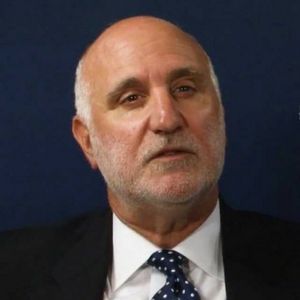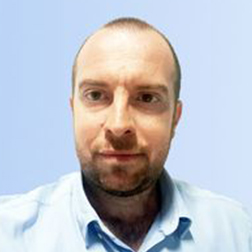Community Members' Inquiry Calls
CASE STUDIES
Here's a peek into some of our community members' inquiries that were fielded by Cutter Consortium experts.
Talk to an Expert Become a community member

Will Business Architecture Destroy Innovation and Result in a Loss of Competitiveness?
Cutter Consortium business architecture Senior Consultant Whynde Kuehn addressed one client-executive’s concerns, providing examples that demonstrate why business architecture actually helps innovation. During the call, Whynde dispelled the misconception that business architecture is a detailed, project-level artifact that takes a lot of time to create; rather, it is a high-level, strategic view of an enterprise that can be built relatively quickly over time with a practical approach. She described how, by assisting with viability assessments, identifying additional enterprise applications and targeting where innovation is needed, business architecture helps innovation to be more successful, and that business architecture speeds the pace for executing business direction and ensures funding is allocated in the best way possible from an enterprise perspective, leading to quicker implementation of innovation ideas and further support for funding. The call gave the client the ammunition needed to not only disprove the myth, but also demonstrate how business architecture enables innovation.

How to Turn “Likes” Into Cash
The client, who has tens of millions of “digital supporters” (“likes”) is only monetizing a fraction. The company’s goal is to reach 100 million fans and turn “likes” into revenue in as many cases as it can. The client executive team asked Prof. Steve Andriole, a Cutter Fellow and digital transformation expert, which firms have the happiest customers and why. In addition to addressing this question, Steve discussed firms that apply a set of learning algorithms to personalize customer experience, providing a technology platform to allow a company to leverage its own data. He cautioned the team to focus on outcomes, not technology, and recommended that they study best practice in their own industry and then run a pilot, applying best practices, so the team can speed its learning. Studying what is working for other firms only gets you so far, Steve pointed out. You need to be experimenting in your own environment and with your own customers.

Managing the Influx of External Data
As it faced an influx of external data swamping, in both physical volume and business attention, traditional data processed, a client turned to Cutter Senior Consultant and big data analytics expert Barry Devlin, for advice. The new data differed significantly from the process-mediated data in structure, quality, lifespan, etc. In his writings, Barry had advised focusing on new conceptual and logical architectural frameworks that address both modern, real-time business needs and today’s disparate data types. During the call, Barry explored how to do this in the client’s environment, giving the client a roadmap forward.

How to Apply Solution Patterns
The client, whose domain is heavily regulated, needed help applying solution patterns such as tackling transaction bottlenecks that stem from existing legacy technology. Cutter Consortium Senior Consultant Michael Papadopoulos explained how firms can achieve impressive results using emerging technology patterns to leverage a company’s legacy systems while building the services of the future. As an example, he described applying “smart stitching,” a leading practice taking the best features and capabilities from new and legacy technology to create an end-to-end product, which is fit for purpose and quick and cost effective to deliver. It respects software as discovery, not creation and focuses on design and adoption. The client was able to understand how, via smart stitching, they could add modular functionality to legacy platforms via APIs to achieve a set of loosely coupled and reusable microservices that can be consumed to solve point problems, without requiring additional functionality be built into existing products/platforms.

What Technical Aspects of Cloud are Typically Overlooked?
A client who was exploring moving to multi-cloud asked Cutter Consortium Senior Consultant and Cloud expert Steve Chambers a host of questions relating to their specific circumstances and the decisions they need to make as the considered diversifying in the cloud/moving to a multi-cloud model. The most commonly misconception, Steve revealed, is that the Cloud Service Provider (CSP) is handling security; while CSPs gives users what they need to maintain security, ultimately, it’s up to the user to keep its data secure. The “bucket” or DNS address allocated to your account is an isolated area for your data, but you need to establish the internal processes that will keep it secure. Many users are not accustomed to the kind of “shared responsibility model” cloud demands, which can lead to data breaches. He also discussed “data gravity,” on-demand purchasing models, reserve instances, and other elements of cloud pricing.

Overcoming Human Barriers to Digital Transformation
The client wanted to ensure it was well-positioned for digital transformation. Senior Consultant Greg Smith explored many topics during the inquiry hour, beginning with why it’s critical that management understands and addresses the human behavior challenges associated with transformation initiatives. His view: with digital transformation, human behavior should be paid at least as much attention as technology. Getting the conditions right—scorecards, incentives, the environment—he explained, is also important. If there are scorecards that contradict how you want people to behave, the scorecard will win. If you want to encourage experimentation (which required some failures), but people are judged on success, experimentation will be stifled.


.png)